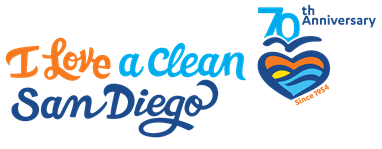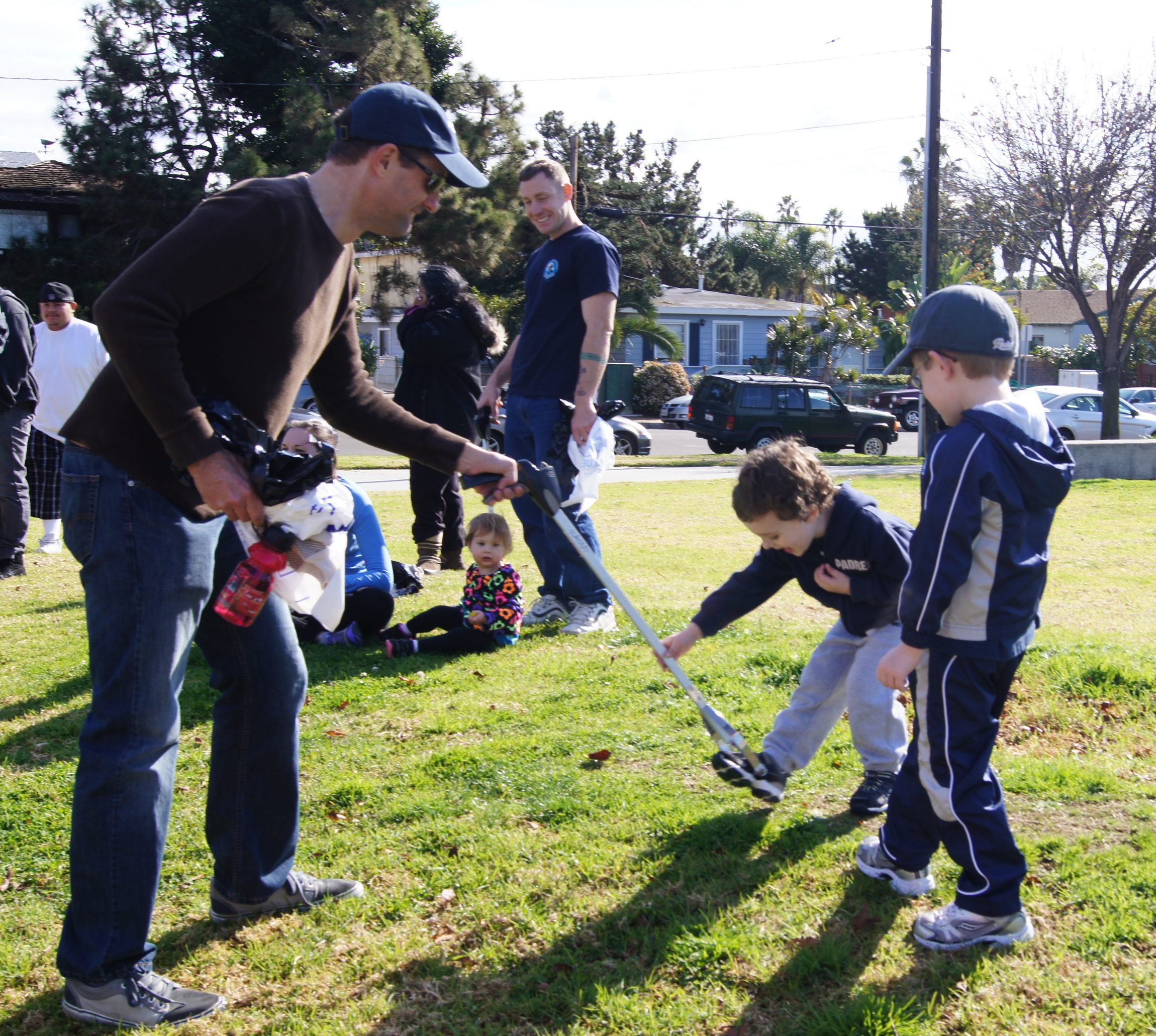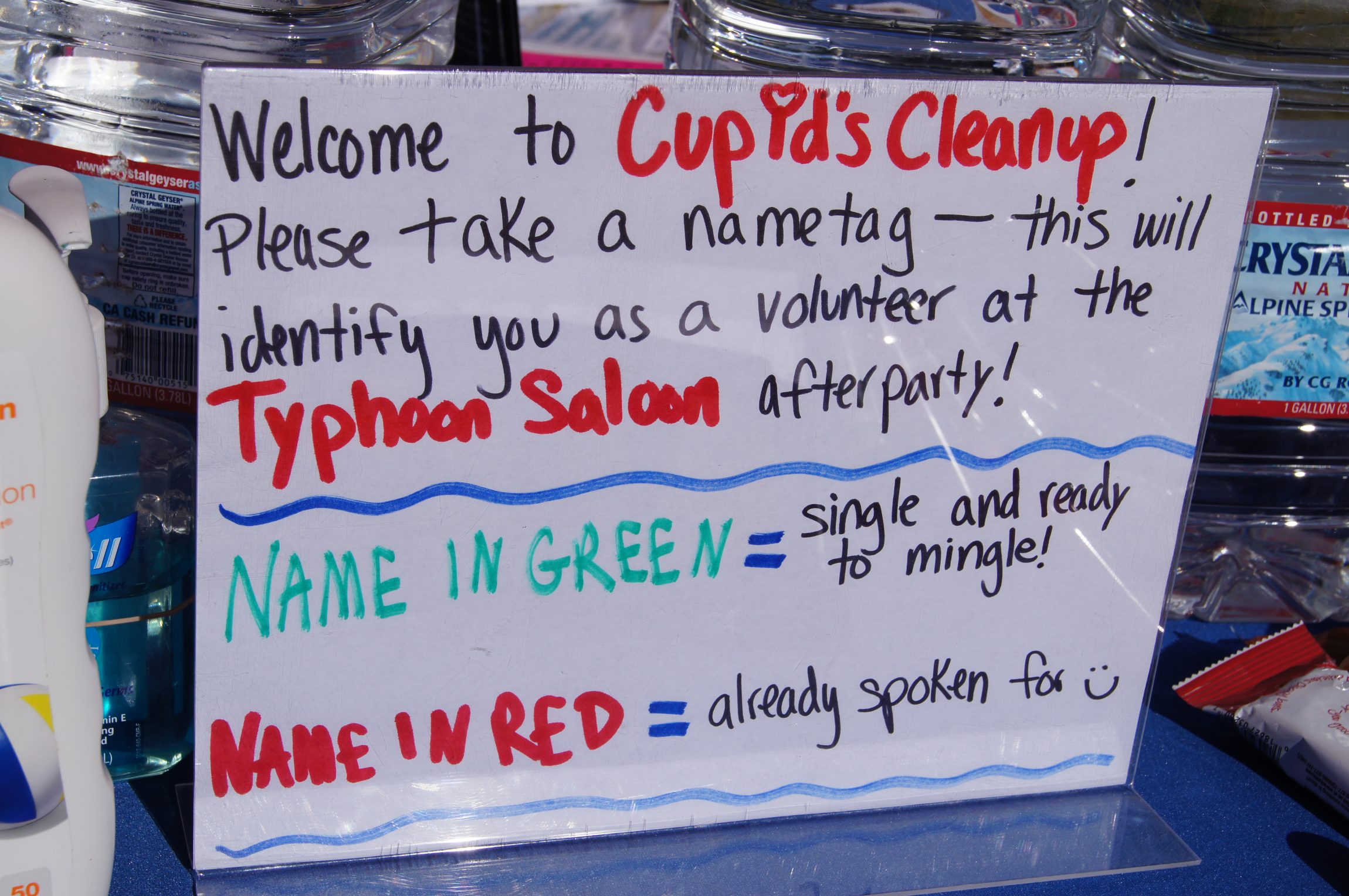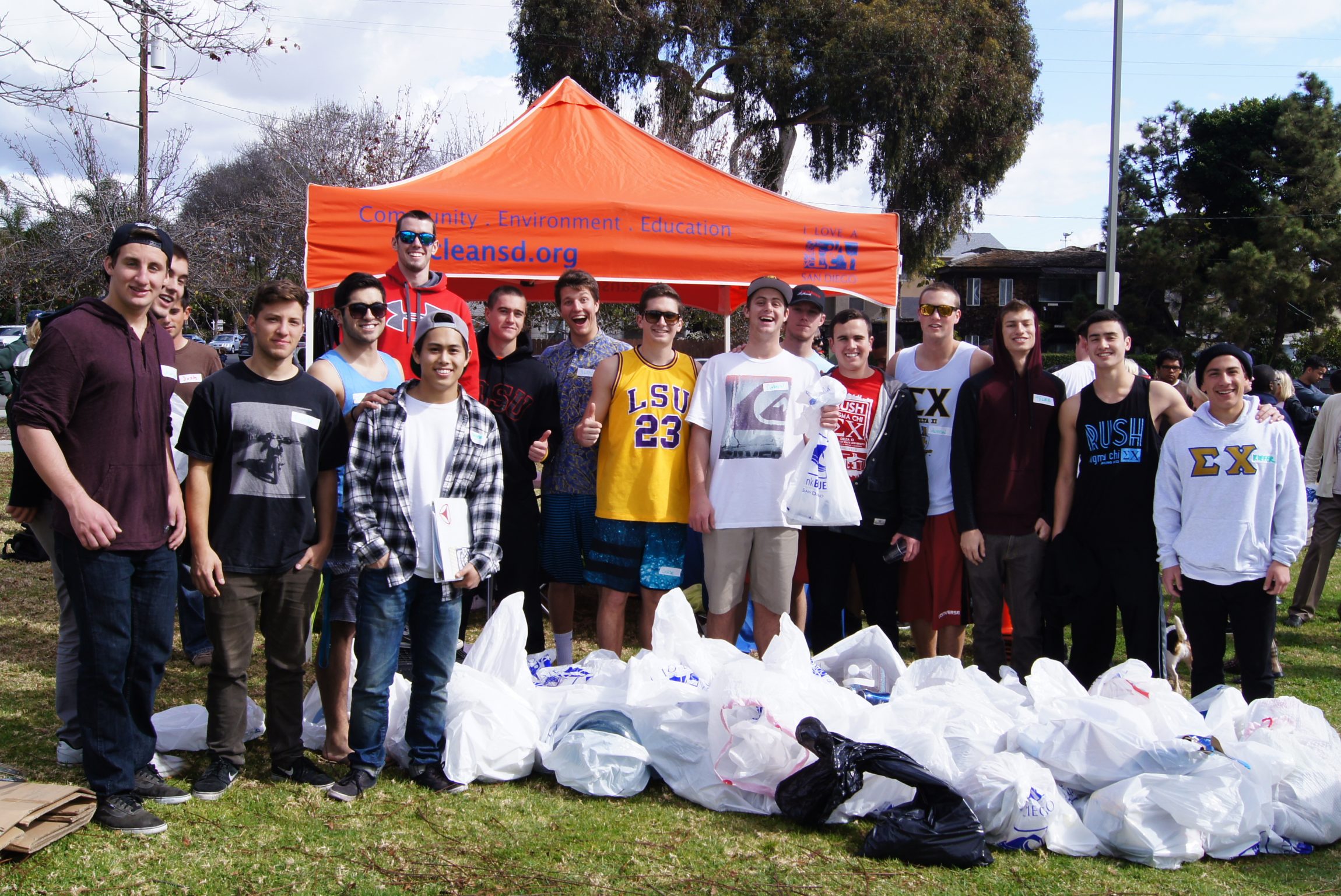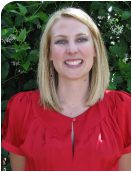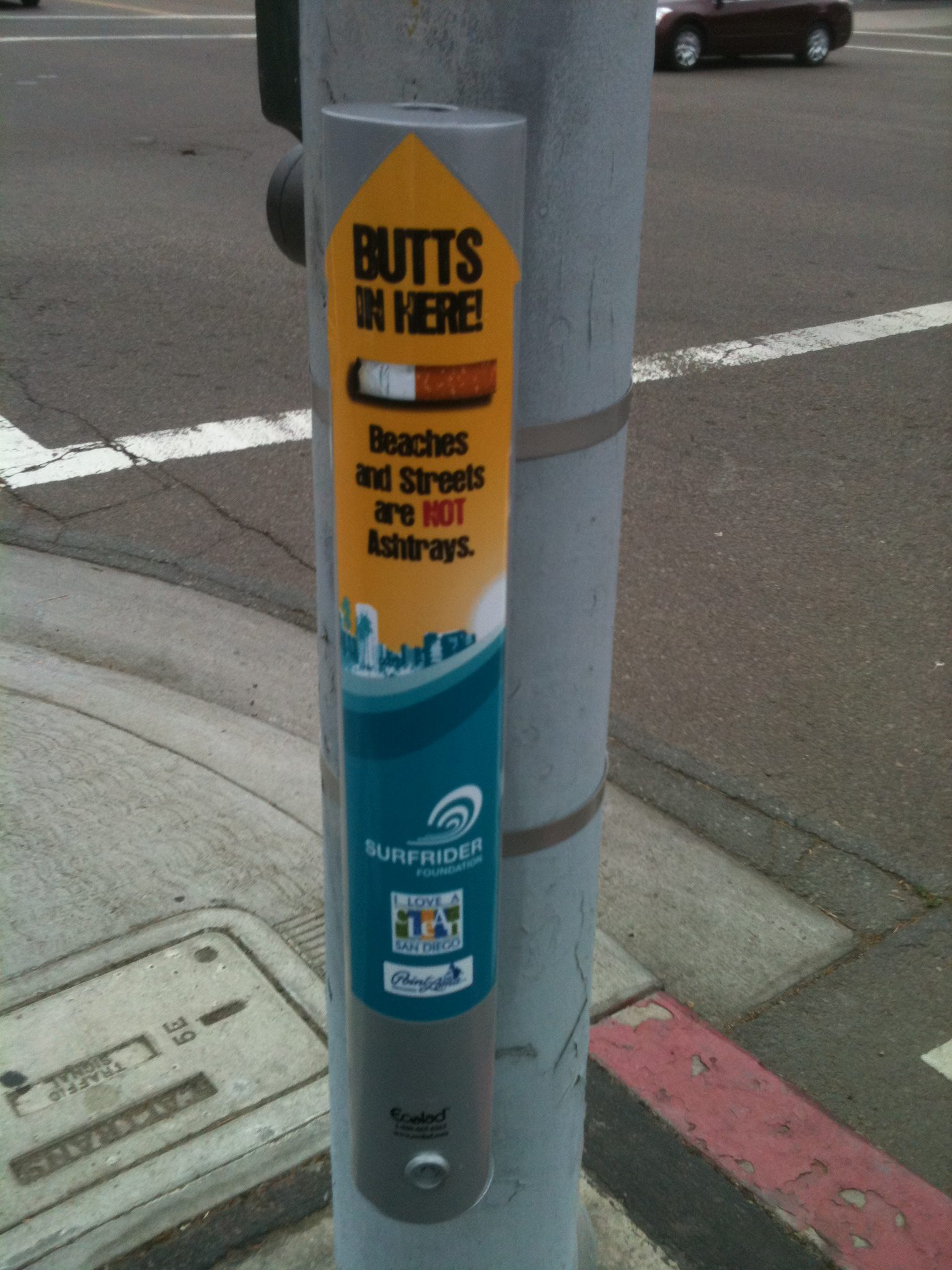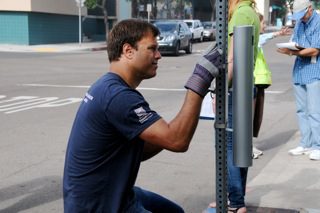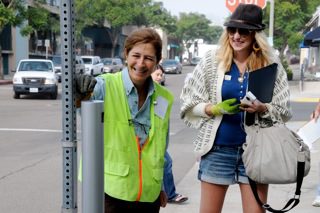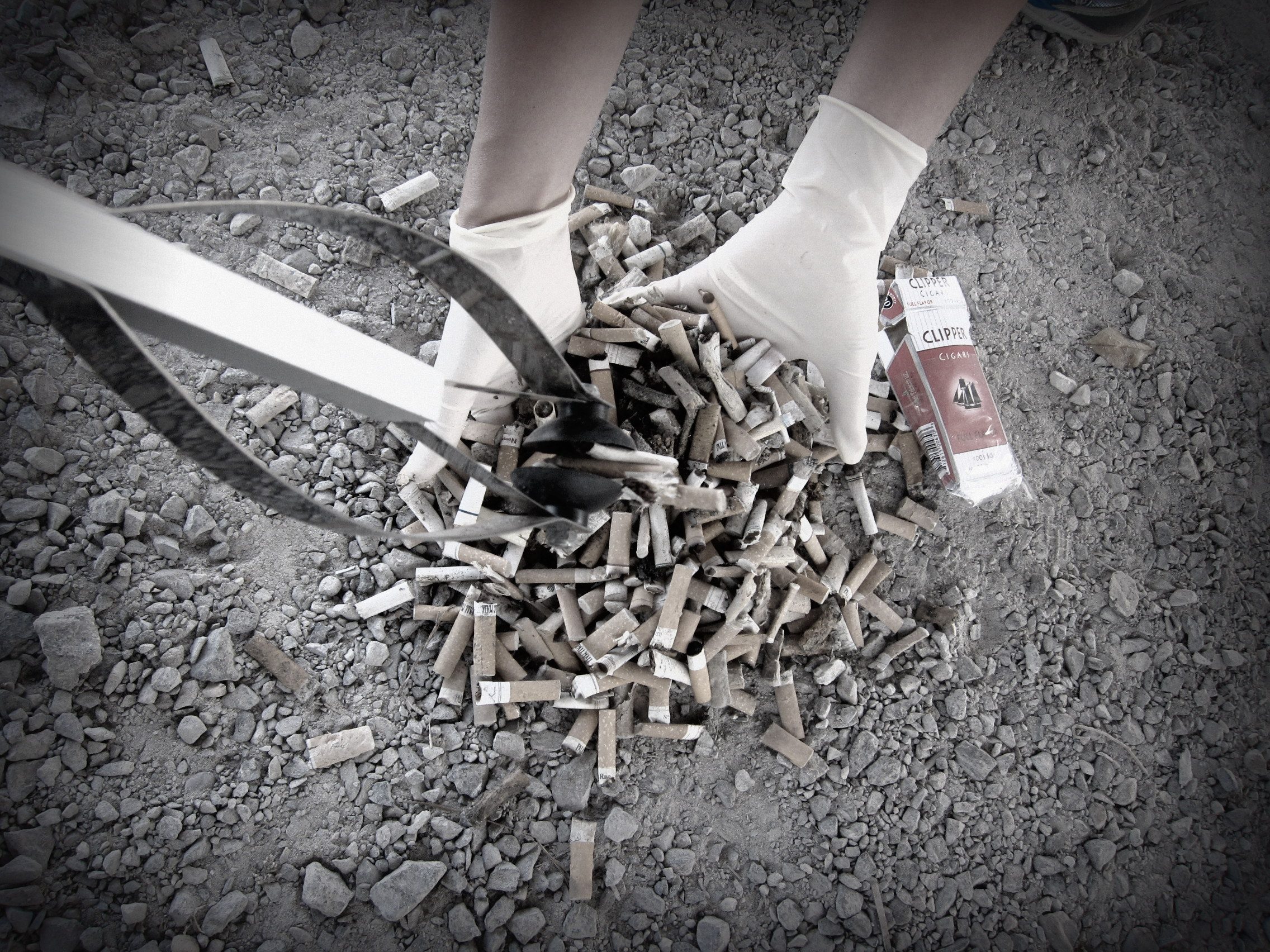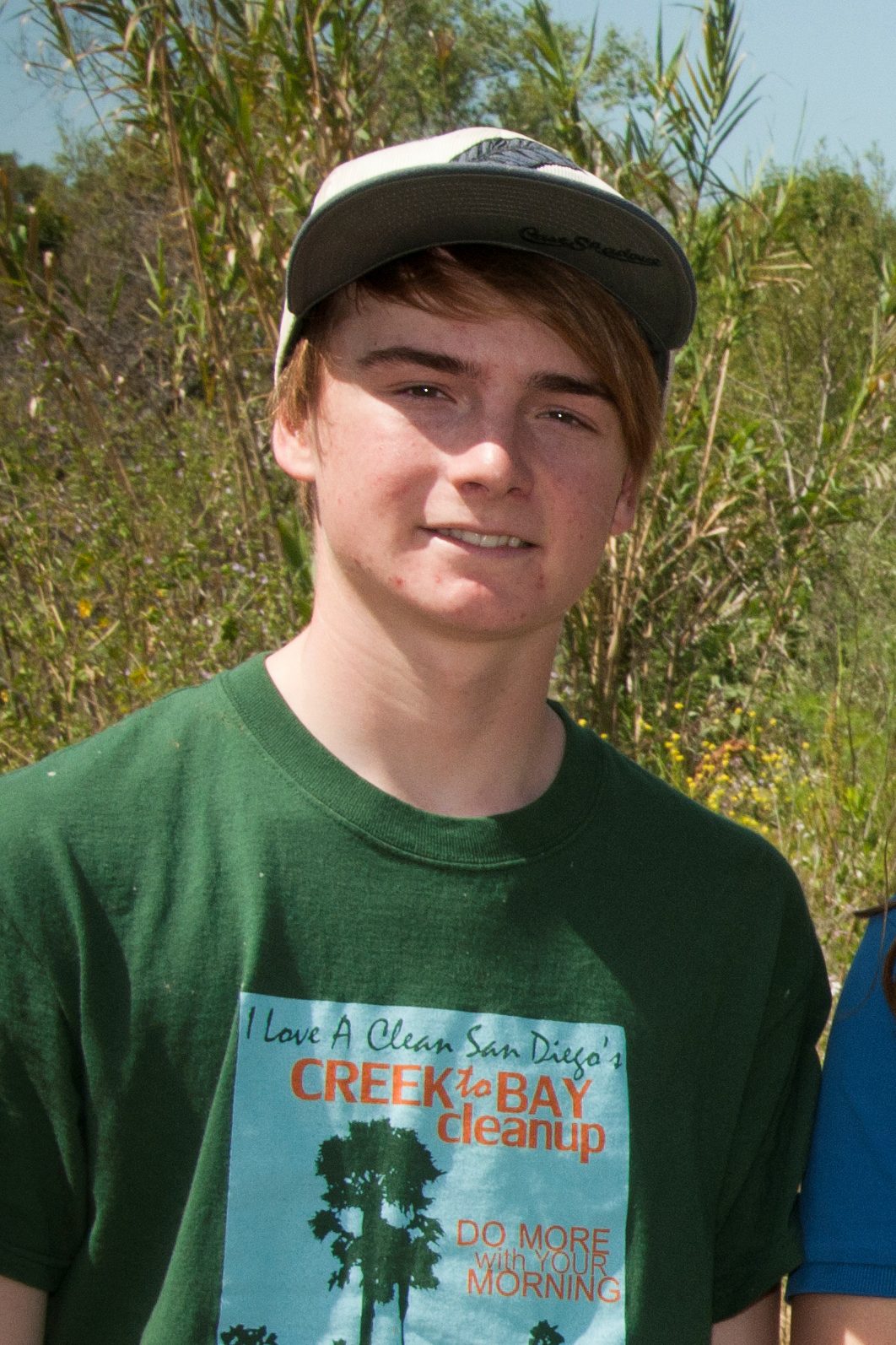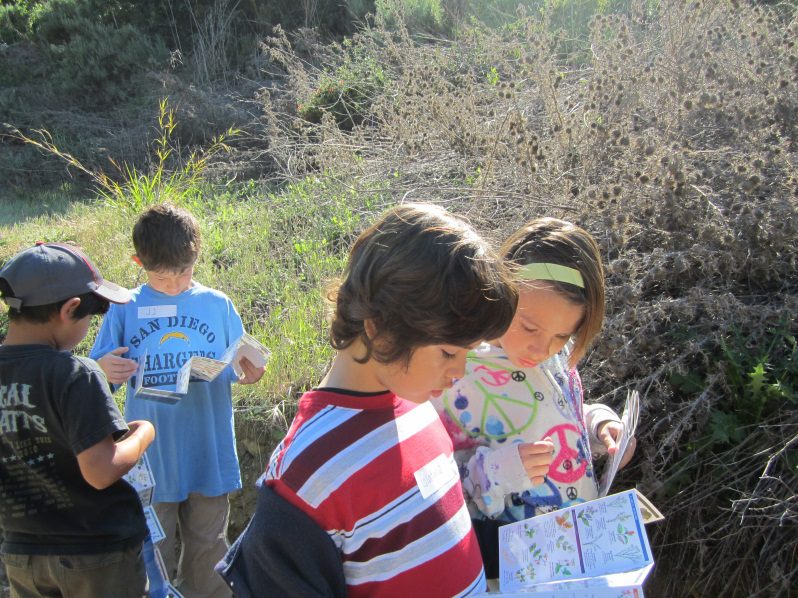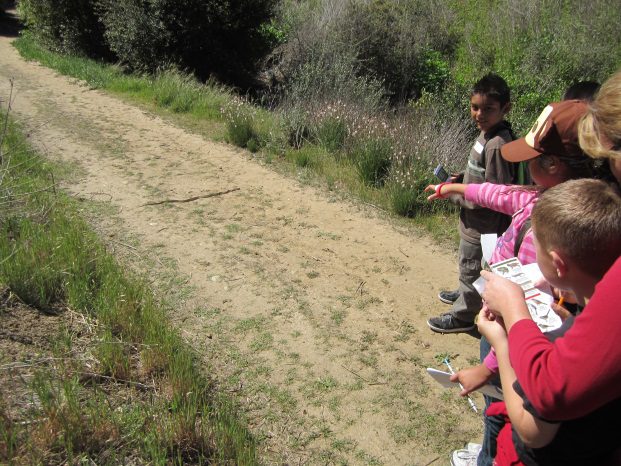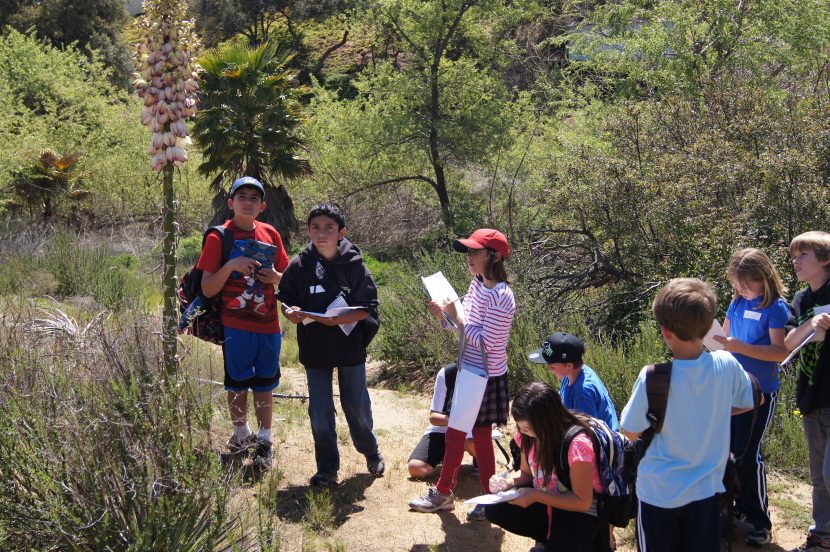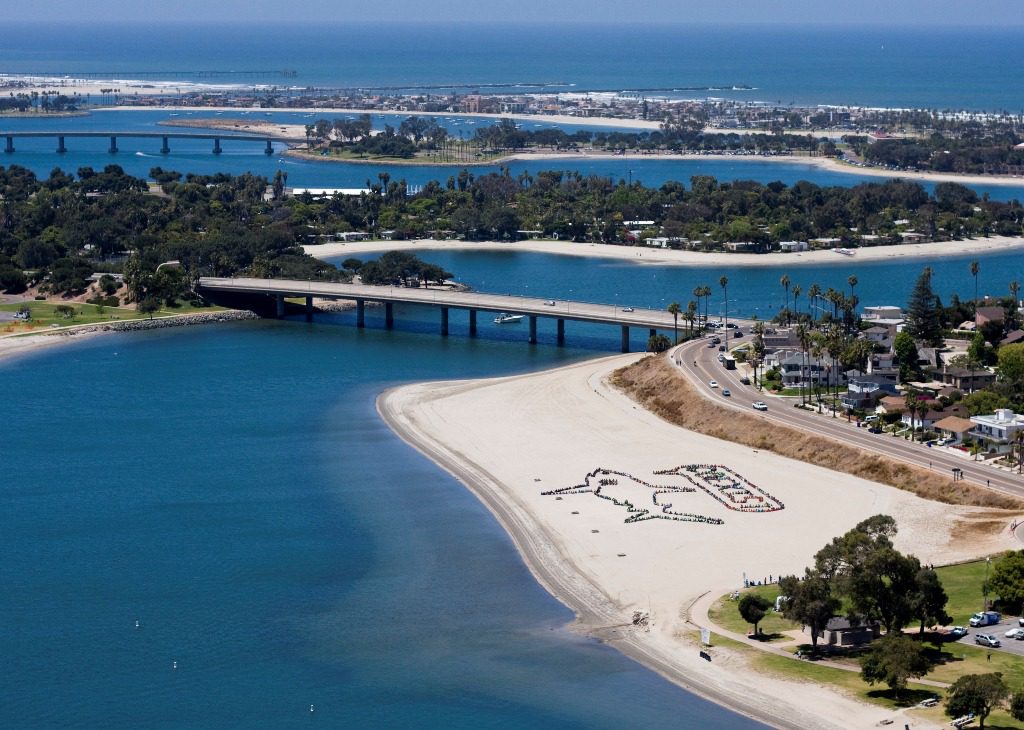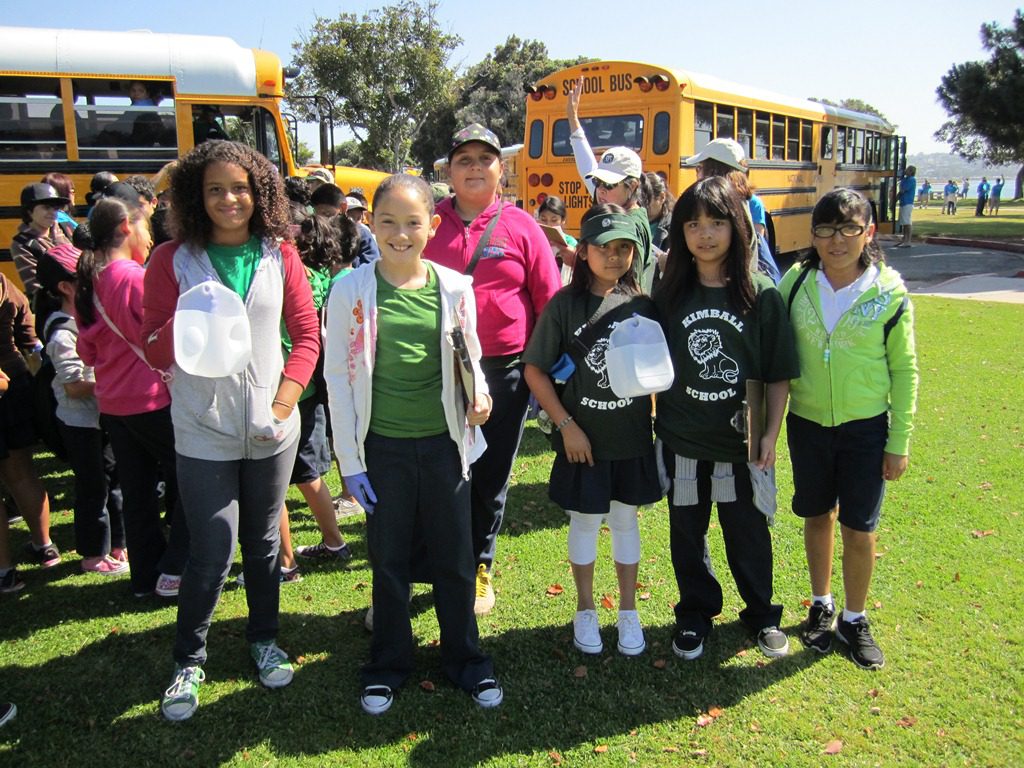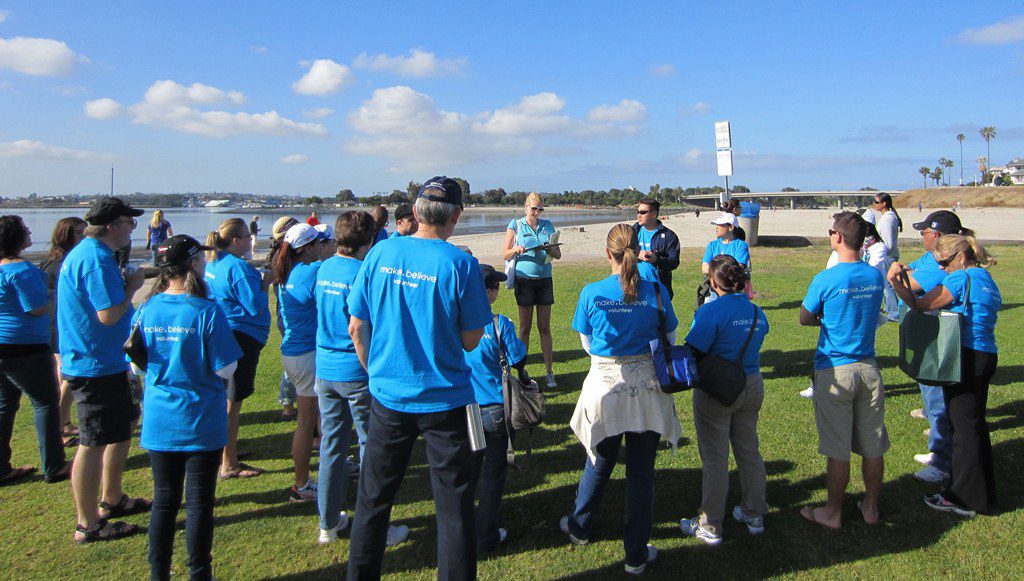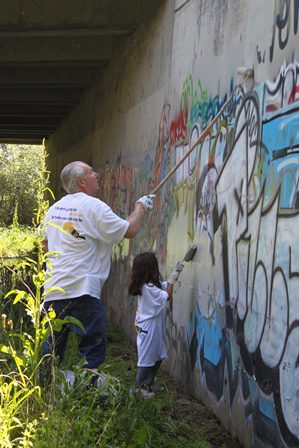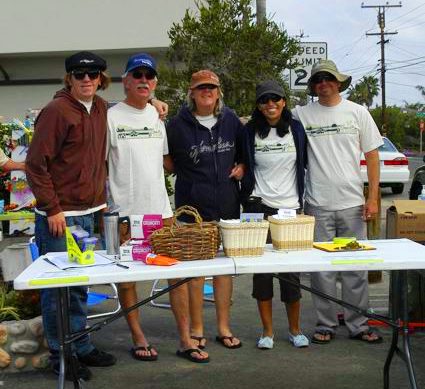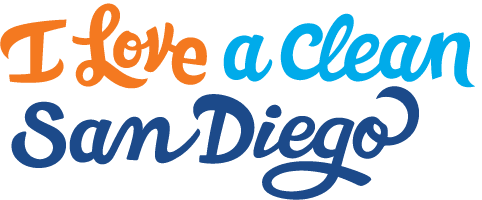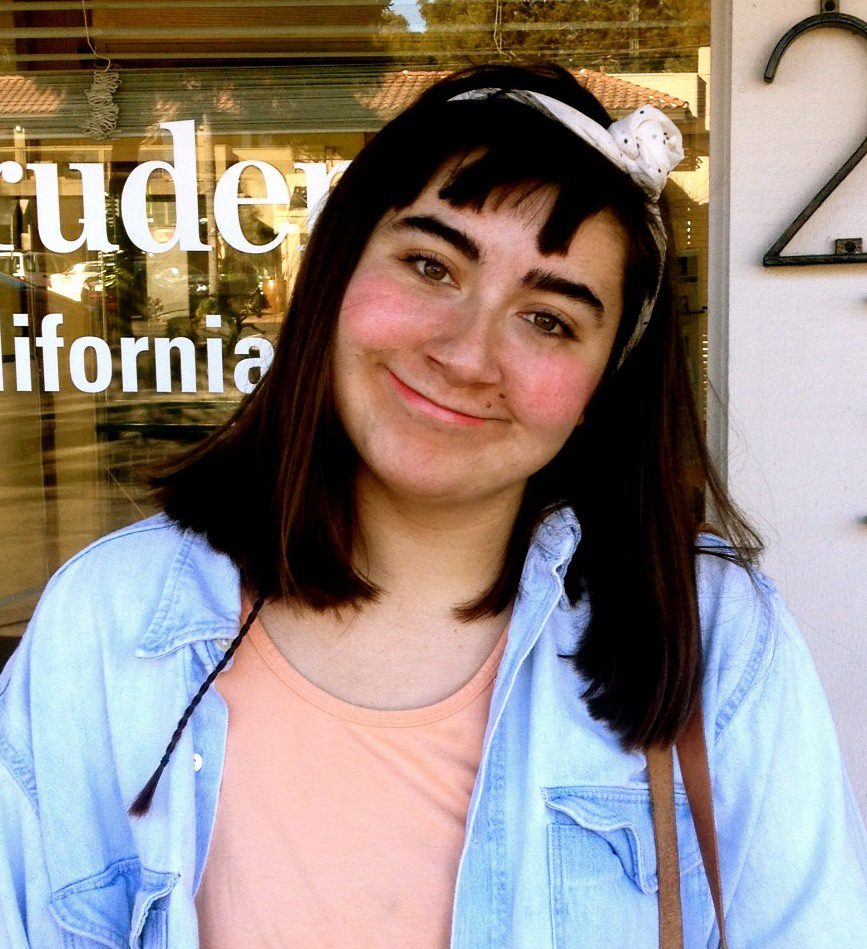 Today’s post comes from ILACSD’s newest Marketing Intern, Christina Etchebarren!
Today’s post comes from ILACSD’s newest Marketing Intern, Christina Etchebarren!
Hey there readers of this blog and fans of I Love A Clean San Diego! My name is Christina, I’m the new Marketing Intern here at ILACSD and I’m so excited to be joining the team and learning from the wonderful staff and volunteers. I am a fourth year Environmental Systems major at UC San Diego, originally from a small town outside of Portland, Oregon. Growing up I’ve always been surrounded by environmentally conscientious communities, so it was no surprise that learning about and protecting our environment has turned in to a passion of mine. Letting people know about what we’re up to at ILACSD is a part of my job description and my first assignment was to attend one of our education presentations at University City High School on Tuesday, Feb. 12th.
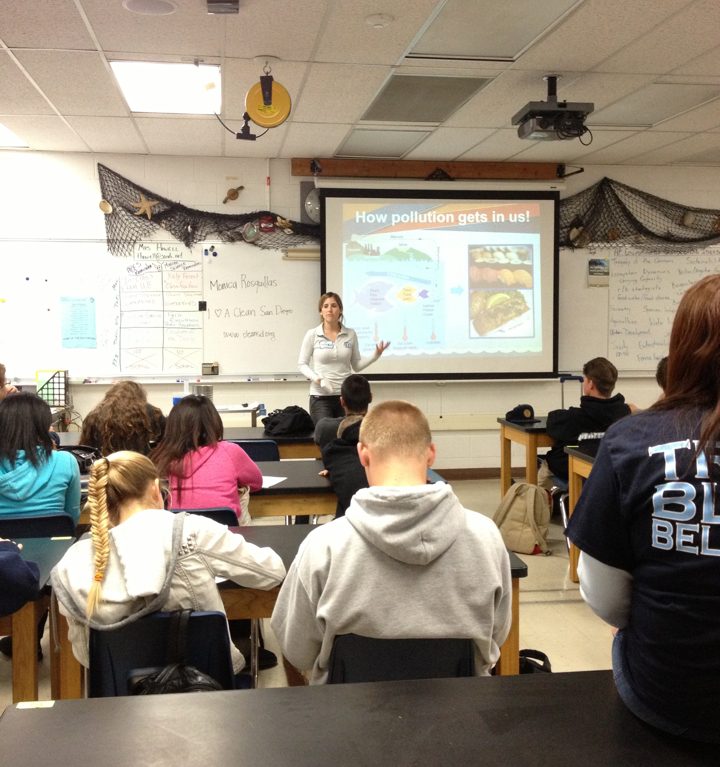 Arriving at the high school brought back a strange wave of nostalgia for my carefree, hormone charged, rebellious teenage days and I kind of felt like never leaving. I sat myself in the back row of a marine science classroom trying to blend in inconspicuously as the students noisily settled into their seats. Monica Rosquillas, who is one of our lovely educators, introduced herself and took control of the students attention with a quickness and ease that would impress the pants off of any HS teacher I’m sure; high schoolers can be some of the most difficult crowds to reign in and she did so with confidence that can only come from plenty of experience.
Arriving at the high school brought back a strange wave of nostalgia for my carefree, hormone charged, rebellious teenage days and I kind of felt like never leaving. I sat myself in the back row of a marine science classroom trying to blend in inconspicuously as the students noisily settled into their seats. Monica Rosquillas, who is one of our lovely educators, introduced herself and took control of the students attention with a quickness and ease that would impress the pants off of any HS teacher I’m sure; high schoolers can be some of the most difficult crowds to reign in and she did so with confidence that can only come from plenty of experience.
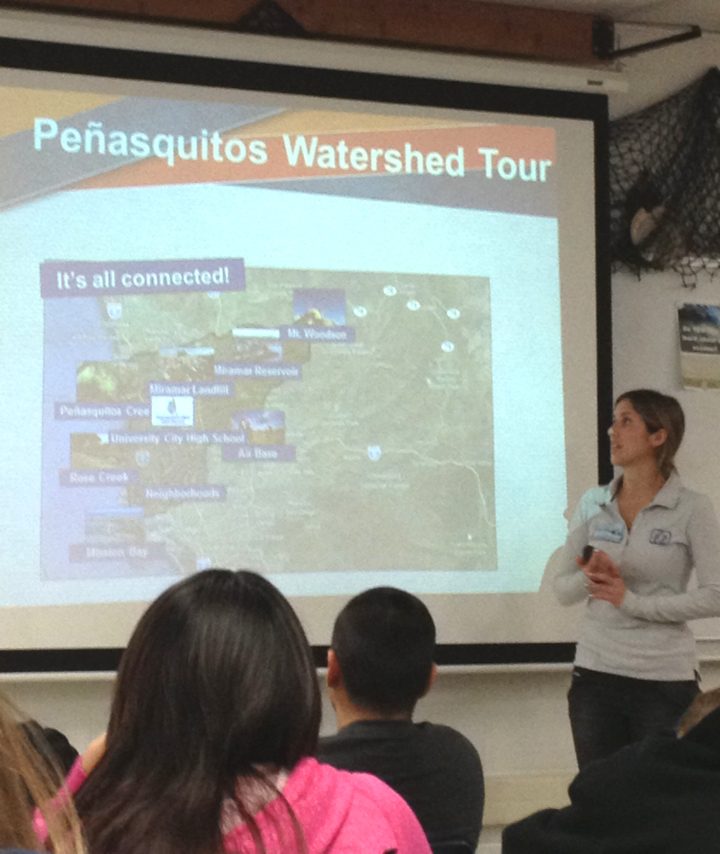 The presentation began with a lesson on the importance of water, which may seem obvious but sometimes all of us need a reminder about just how vital clean water is to not only our health, but the health of every living thing around us. The rest of the lesson plan was focused on watersheds, water quality and marine ecosystem health. Talking about environmental issues can be an extremely difficult task because you don’t want to come across as threatening or pessimistic and you don’t want present the problem as overwhelmingly large or beyond help, but you do want to make it seem important and urgent enough to motivate people to care and to take action. The presentation that I Love A Clean San Diego has put together walks the line quite gracefully, and I noticed that even from the back of the classroom, all of the students seemed to stay engaged throughout the entire duration of the talk.
The presentation began with a lesson on the importance of water, which may seem obvious but sometimes all of us need a reminder about just how vital clean water is to not only our health, but the health of every living thing around us. The rest of the lesson plan was focused on watersheds, water quality and marine ecosystem health. Talking about environmental issues can be an extremely difficult task because you don’t want to come across as threatening or pessimistic and you don’t want present the problem as overwhelmingly large or beyond help, but you do want to make it seem important and urgent enough to motivate people to care and to take action. The presentation that I Love A Clean San Diego has put together walks the line quite gracefully, and I noticed that even from the back of the classroom, all of the students seemed to stay engaged throughout the entire duration of the talk.
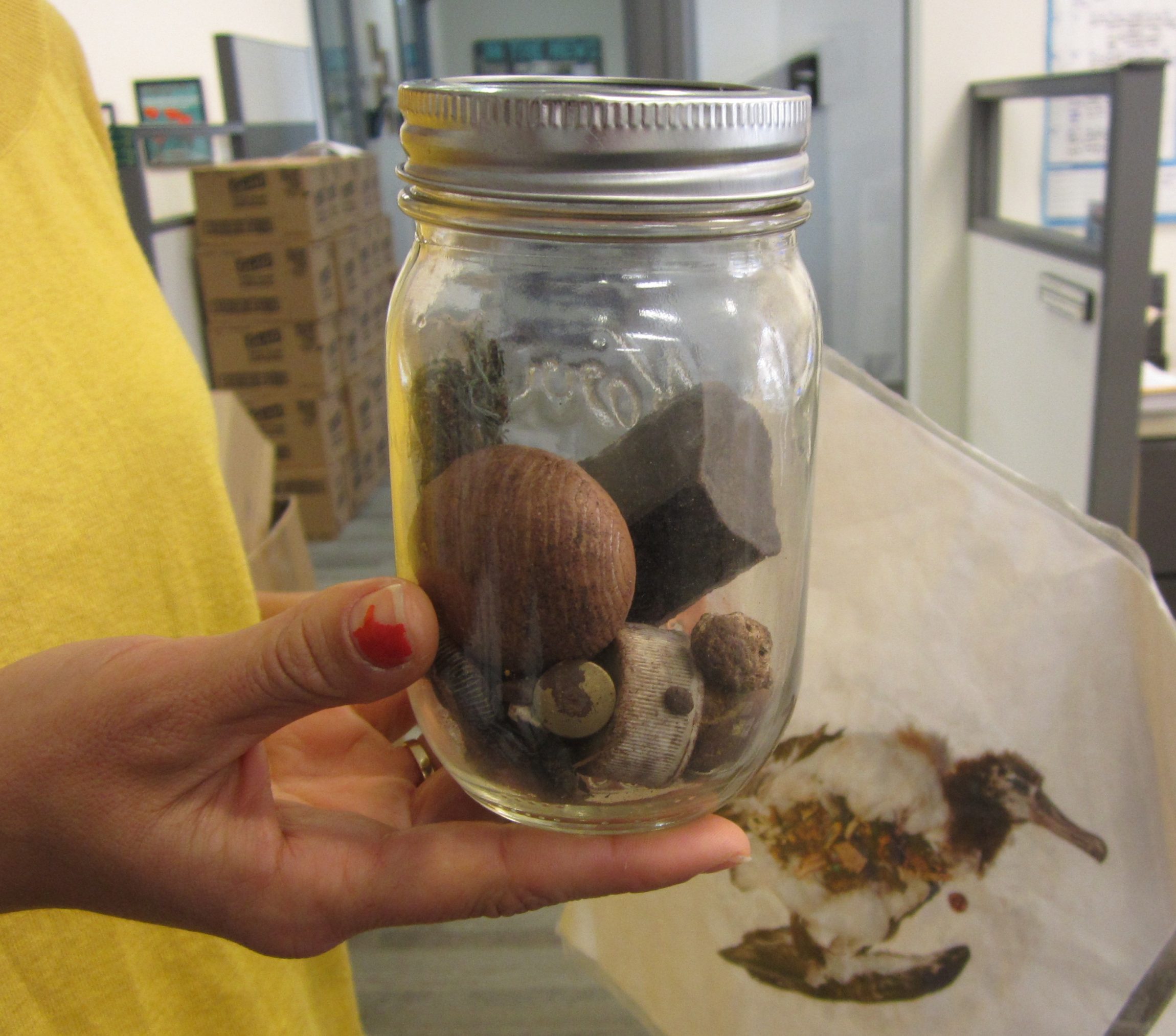
Monica hit the message home by passing around a jar filled with contents from an Albatross’ stomach which included a pen and several other pieces of colorful plastic, I heard murmurs of horror coming from the pupils as they passed the jar around with disgust. To be honest, although I’ve gone through several years of environmental education throughout my time at UCSD, I learned a lot about watersheds and how important it is that we do our best to keep them clean.
All in all, I walked out of University City High School proud to be a part of such an amazing and inspiring organization and feeling hopeful for our future generations of environmental enthusiasts, and I look forward to the months ahead here at ILACSD.
You’ll hear from me soon, until next time.
Christina
